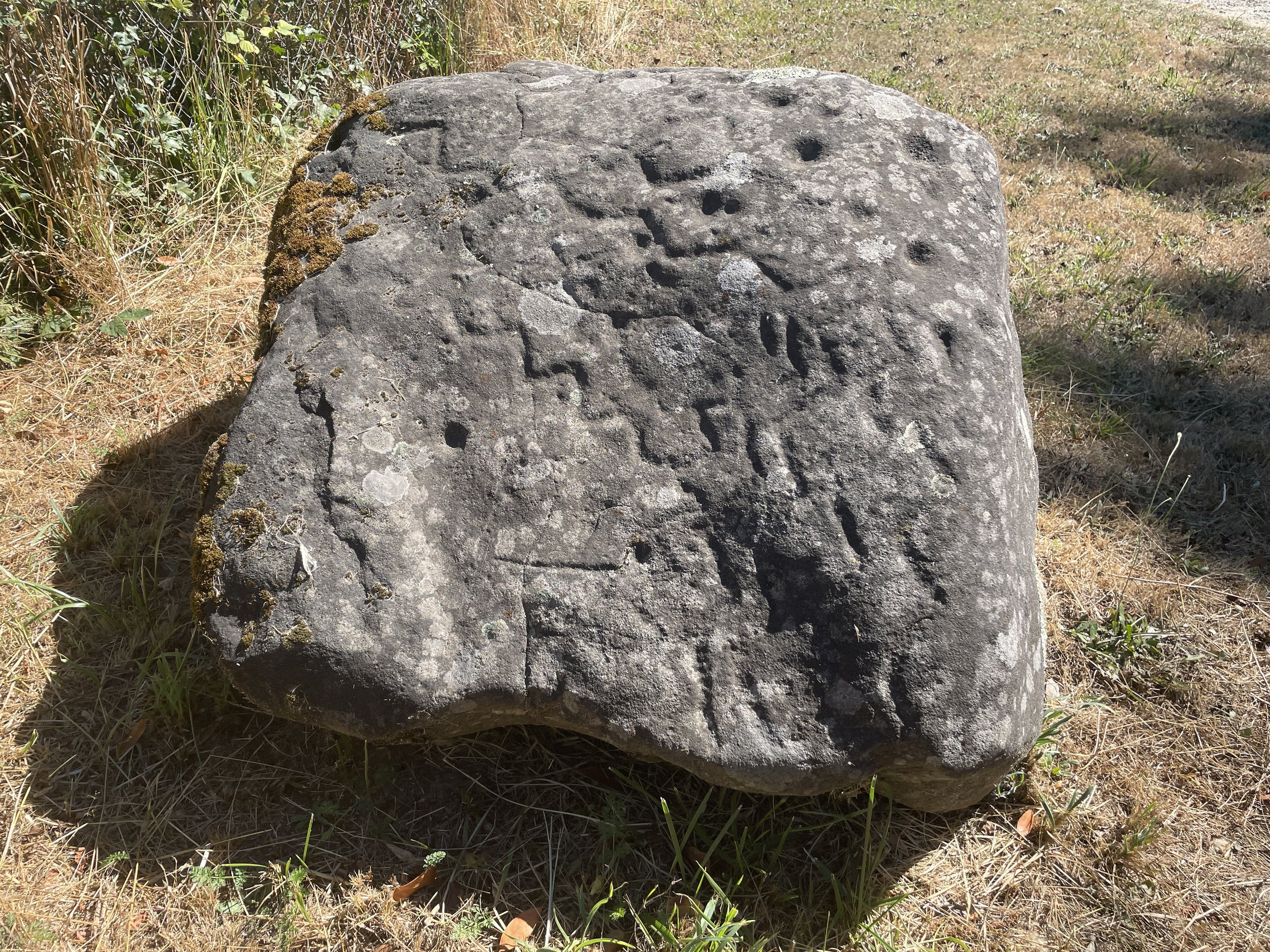
We have a difficult history,
but we are still here.
Our History
Although Congress has restored three southwestern Oregon tribes with histories that are remarkably similar to ours, and we have compiled hundreds of documents that support our bid for restoration, CTLR has not yet been restored. CTLR has been working with Oregon Congressman Peter DeFazio for over fifteen years, in hopes that Rep. DeFazio will introduce and support a CTLR restoration bill. Recognition of CTLR’s federal status would not only correct a historic injustice, but would also entitle our Tribe and its members to the same rights and opportunities that are available to other federally recognized tribes, such as much-needed services and programs for health care, housing, education, elders, and the protection of cultural resources.
You can find our full complete story below..
FAQs
-
We, the members of the Confederated Tribes of Lower Rogue (“CTLR”), are the descendants of the Chetco and Tututni Indians who traditionally occupied the Lower Rogue River valley in southwestern Oregon. Today, CTLR is composed of approximately 150 lineal descendants of the resilient Chetco and Tututni Indian who survived in their homeland when the U.S. forcibly removed most southern Oregon coast Indians to reservations in the mid-1850s.
-
It is estimated that people have lived in the Rogue River Valley for at least 15,000 years. According to oral histories, the Athapaskan people of southern Oregon and northern California arrived from the north in ancient times, traveling by canoe. Read More
-
Prior to European contact approximately thirty tribal groups lived along the southwest coast of what is now Oregon, with a population of about 10,000. It is estimated that limited European contact began in the late 1700s, when ships stopped and traded with coastal Indian groups. Some limited overland contact followed, as European fur trappers entered the region searching for beaver. These early visits brought devastating diseases to the region’s Native people. “It is estimated that during each of the major pandemic episodes, from 75% to 90% of the [Indian] population was killed. In some localized areas, whole large villages disappeared.” Read More
-
During the 1850s, the flood of miners and settlers to the southwest Oregon coast took its toll on the Rogue River watershed.26 As the settler population increased, “their desire to own land and control the natural resources on the land also increased. Fences were built around lands the Indians had lived on and maintained for thousands of years. Mining and settlement disturbed the natural environment, depleting and killing the natural resources the Native Americans relied upon for food.” Read More
-
In November 1855, President Franklin Pierce established the Siletz (Coast) Reservation, located along the Oregon coast between Cape Lookout in the north and the mouth of the Siltcoos River in the south. During 1856, the U.S. Army rounded up Native people from throughout Northern California and Southwest Oregon, including the Chetco and Tututni, forced them off of their ancestral lands, and relocated them to the Siletz Reservation. That summer, two groups of approximately 600-700 Indians each were loaded onto the steam ship “Columbia” at Port Orford, and were taken up the coast. They travelled up the Columbia River to the Willamette River to Dayton by boat, and were marched the rest of the way on foot. All of the southern coast Indians who were removed after these two shiploads “were forced to walk more than a hundred miles in a West Coast version of the Trail of Tears,” traveling for 33 days under the “escort” of 106 military personnel. Read More
-
According to federal Bureau of Indian Affairs (BIA) documents, approximately 99% of the members of the Chetco and Tututni tribes were removed to the Siletz Reservation between 1856 and 1858. Although these relocated Indians suffered on their long journey—and at their new reservation homes, “they were fortunate compared to the stragglers left scattered through the hills of southern Oregon. During the summer [of 1856] and the following winter, the refugees were hunted down, murdered, and occasionally, captured” by U.S.-hired bounty hunters. Read More
-
From 1933 to 1945, there was “a considerable reversal of policy toward the Public Domain Indians of Southwestern Oregon… Questions as to jurisdiction and increased services for these families were answered in the affirmative by the Indian Office in Washington, the Public Domain roll was updated and they were considered for organization under the Indian Reorganization Act (IRA) of 1934.” During this time, small localized groups of southwestern Oregon Indians, including the small, isolated community at Agness, were becoming more known to the federal Indian Office (often referred to as the BIA /Indian Service), and Indian Office employees began visiting the region to survey the population, provide services, and inform the community of the benefits of reorganization. Read More
-
On April 2, 1945, the United States Court of Claims decided Alcea Bank of Tillamooks v. United States,132 a case brought by eleven western Oregon Indian tribes to recover compensation for their Oregon coast lands that were taken by the United States in 1855 and subsequently (see Appendix H).133 The Court of Claims held that four of the tribes, the Chetco, Too-too-to-ney, Coquille, and Tillamooks,134 were entitled to recover compensation for the taking of original Indian title by the United States.
-
This may have been a somewhat accurate assessment from an outsider’s perspective. However, in reality, the outward “blending in” that the Chetco and Tututni were forced to adopt in the late 1850s to survive had continued.147 “This was an era when many tribal members either did not talk about being Indian or tried to hide their heritage.
-
As federal policy shifted away from termination, Oregon tribes began organizing to seek a restoration of their relationship with the federal government. For example, the Confederated Indian Tribes of Western Oregon “was an organization of Indian people from this area who were interested in helping with the Federal Recognition process for many local tribes.” Current CTLR Tribal Chair Donald Fry was a member of Confederated Indian Tribes of Western Oregon, representing the Lower Rogue River area, during the 1970s
The Confederated Tribes of the Lower Rogue today
Today, the Confederated Tribes of the Lower Rogue is composed of approximately 150 members. We are the lineal descendants of the Chetco and Tututni Indians who remained in the Lower Rogue River Valley in the 1850s, when most SW Oregon coast Indians had died of disease or violent conflict or were forcibly removed to the Siletz and Grand Ronde Reservations. Though weakened by the upheaval of the mid-1800s, our resilient ancestors banded together, maintained an autonomous Indian community in their traditional territory, and passed their language, culture, and traditions on to their descendants. Our tribe has survived the shifting federal policies that have sought to exterminate, protect, assimilate, reorganize, and terminate us —and we continue to struggle to practice our traditions, protect our cultural resources, provide for our members, and re-establish our terminated relationship with the federal government.


